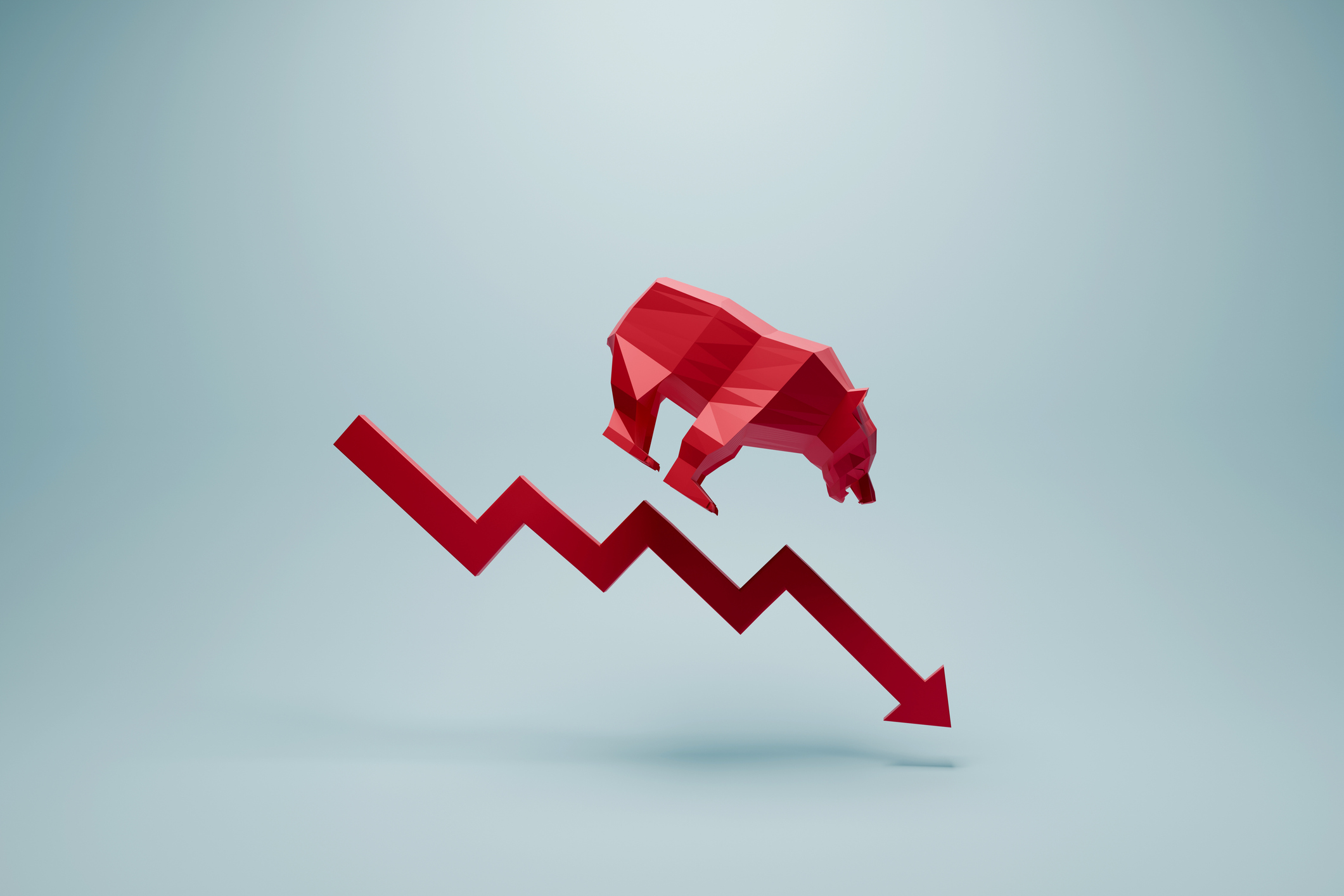
The rate of change of inflation in March was reversed, a widely positive economic signal lost in prevalent tariffs and trade-war noise. Investors, traders and bookies now regularly faced questions coming in the market about the forward-looking price of regularly backward-looking data.
With less than a month of time until the next Fed meeting, in addition to the action of the daily value, the backward-looking type-our pass is the only difficult coming data.
Ahead of Thursday’s early bell, Bureau of Labor Statistics Said that the Consumer Price Index (CPI) has decreased by 0.1% in March, which reverses the course after an increase of 0.2% in February. The annual CPI measured 2.4% versus 2.8% in February.
agree Kiplinger’s personal finance
Become a clever, better informed investor.
Save up to 74%
Sign up for Kipperinger’s free e-use
Benefits and rich with expert advice on investment, taxes, retirement, personal finance and more – directly for your e -male.
Benefits and rich with specialist advice – directly for your e -melody.
Core CPI – which excludes unstable food and energy prices – increased 0.1% but disintegrated by 0.2% in February. The core CPI cooled down to 2.8% on an annual basis from 3.1% last month.
“We have recently discussed with other data points,” Blackrock writes Rick rider“The economic and market scenario is changing so fast that a month’s delay compulsorily observes data, or at least less meaningful than at least meaningful.”
Weak-to-submitted data “says very little about” inflation The ahead can move forward in the year and why reverse risk is a concern. While “these figures” correspond to the story of modeling inflation, “Rider has emphasized” real concern for months “slow growth and high inflation. , Inflationary recession,
Investors, traders and bookies will definitely pay attention Economic calendar For April, the Michigan Consumer Bhavna Index’s Early University of the Early University for ET at 10 am for the ET release.
Survey data is relatively soft, but market participants will be curious to know how policy uncertainty and recently By selling stock market People and their employment and inflation are affecting expectations. After a solid Report of jobs For March, BLS will release the nonform payroll number for April on 2 May.
CBOE Volatility Index (VIX) opened at 34.44, which proved its intraday less, and reached 54.87. “Fear Gauge” settled from 33.62 to 44.01 on Wednesday. A general level for Wicks There is somewhere in the range of 12 to 20.
Closing on the bell, blue-chip Dow jones industrial average Lose 2.5% to 39,593. Comprehensive S&P 500 Index 3.5% fell to 5,268. And tech-hawi Nasdac Composite Reached 4.3% to 16,387.
But it was not really a bond market
Treasury Secretary Scott Besent set the marker months ago – a few days later we explained why 10-year-old American treasury yield The global financial system is so important for your portfolio and your pocketbook.
And 10 -year -old American Treasury Yield has spoken. As The Wall Street JournalThe Bessent helped the President convince the President to take time to interact with business partners in front of the pressure of trade leaders after a dip in stock and bond markets.
According to the WSJ report, Trump “absorbed bad news about a plmeting bond market.” I looked at (Tuesday) night, where people were getting a little short, “The President said on Wednesday.”
Writing Luis Navilier In his daily note in Nevelier and Associates, “Bond Market is very interesting. The 2 -year US Treasury Yield is a huge 14 basis point below 3.81%, which falls 5 basis points on CPI data.” The yield on a 2-year Treasury was exactly 4% from Trump’s tariffs-poses from Trump’s tariffs-pos posts around ET at 1:30 pm on Wednesday.
“So,” Navilier saw, “people feel that it was the disintegration of the bond market that inspired Trump to postpone the tariff.”
After reaching 4.515% on Wednesday, the yield on a 10 -year -old American Treasury note increased to 4.398%. “Remarkable,” Navilier says, “it is more than 30 years old. Thirty years of hostage are returned to 7.0%.”
Listen to power peepal
Earning calendar With an important set of an important companies for the report starting Friday morning, it is about more impressive and interesting, and faster.
Which includes CEO Jamie Dimon JPMorgan Chase (JPM, -3.1%). Dimon is one of the CEOs whose message reached the President about the impact of his tariff policy.
It is not of numbers that talk of individual companies. All this is about conference-call commentary. “On the earning front,” Navilier wrote in his Thursday note, “We had a first look at what we can bring tariffs.” Carmax (KMX, -17.0%) The stock crashed on Thursday, as he reported that “a small beat at the top and a meaningful miss on the bottom.”
Carmax suspended its guidance on uncertainty about the impact of tariffs on the new auto and thus, the car prices used. “We will probably see more companies suspending guidance,” Navilier said.
Big bank on deck
In addition to JP Morgan, Morgan Stanley (MS, -4.6%) and Wells Fargo (WFC, -4.8%) will report the number of the first quarter before the early bell of Friday. Goldman Sachs (GS, -5.3%) comes forward in lineup Financial stock On Monday morning earnings on the calendar.
Betcy GrassakeGlobal heads of banks and diverse finance research at Morgan Stanley, recently reduced their ratings from attractive to in-line on large-cap banks to reduce the policy risk related to tariffs. She notes that she is not alerting, “as negotiations may be, can reduce the risk and stabilize the markets.”
At the macro level, Grassake has adjusted its base case with “an important” Gross domestic product Recession. “And the risk of his” bear case ” Recession The landscape is “growing rapidly.”
Grassake hopes to increase GDP growth and growing economic uncertainty to slow down a market rebound, loan growth and promote increasing poor-lonely provisions.


